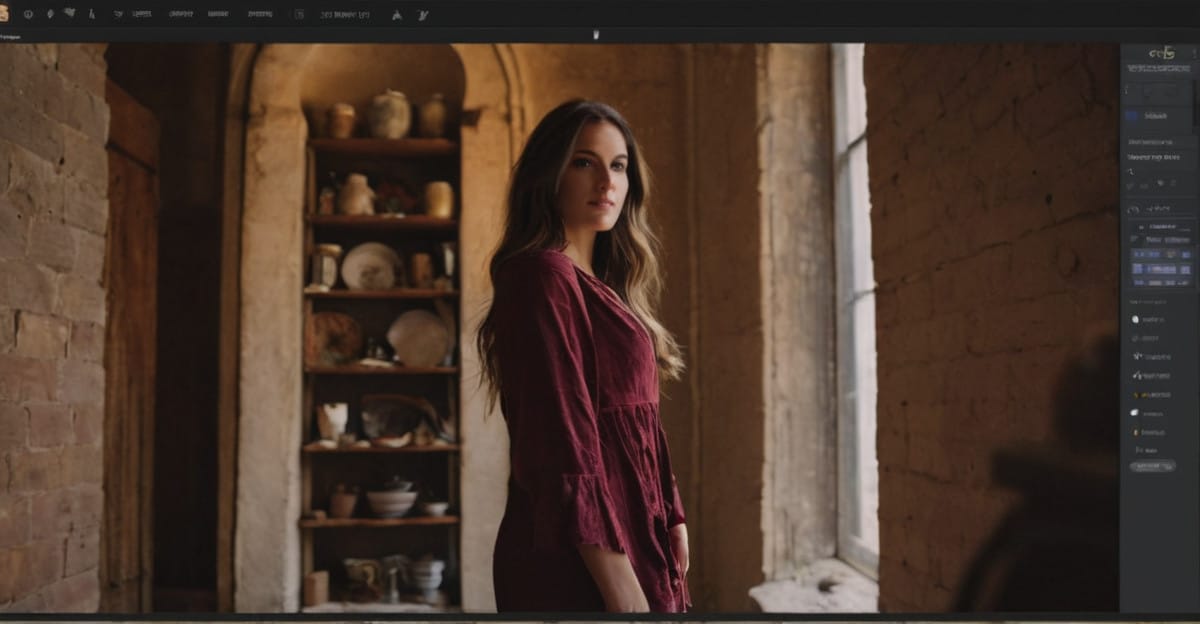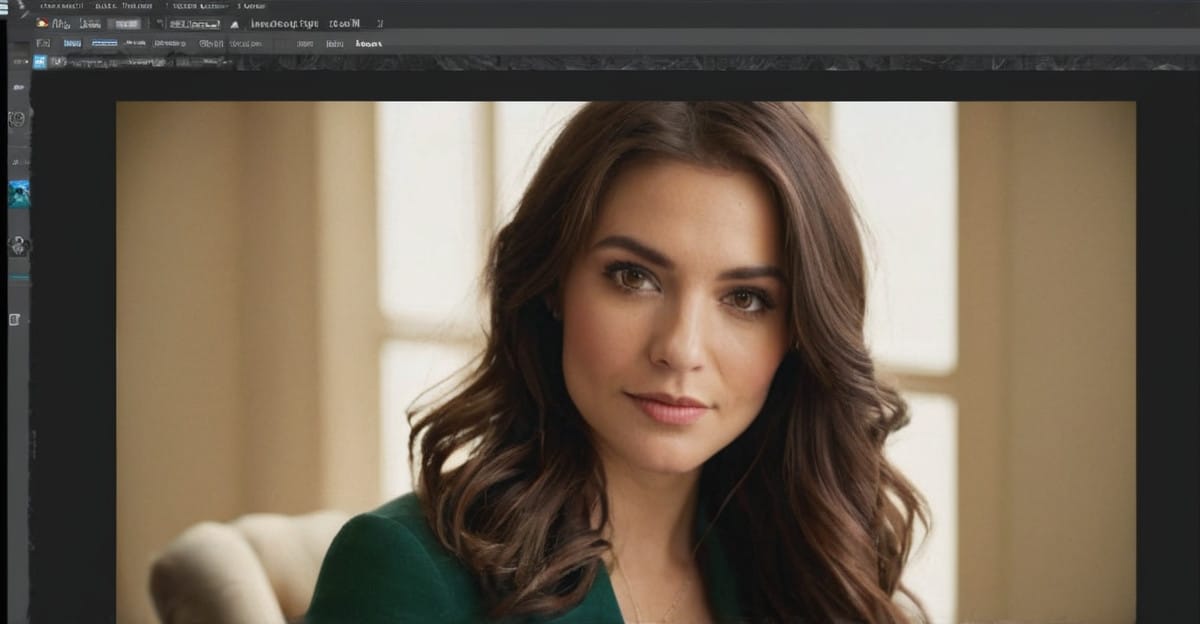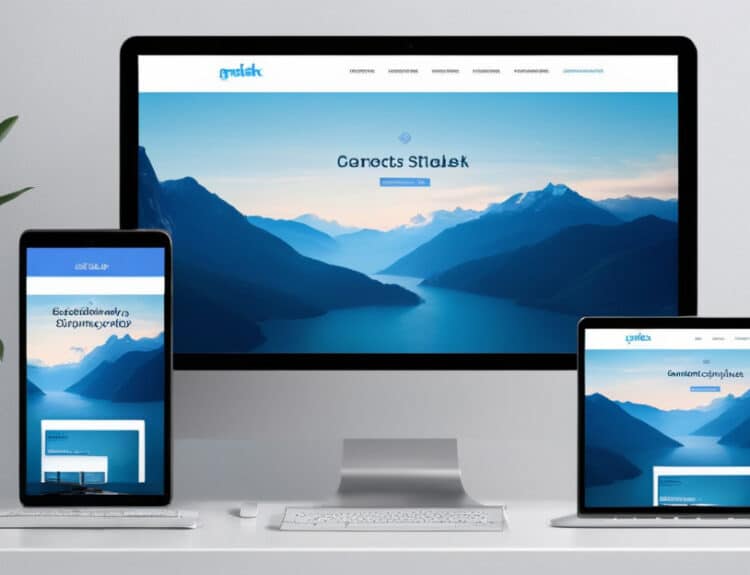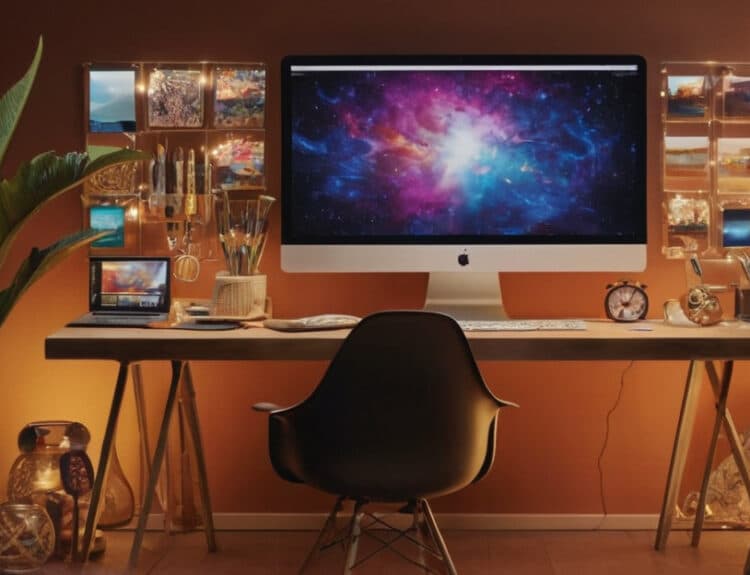Introduction: The Importance of a Strong Portfolio
In the competitive world of freelance art, your portfolio is your greatest asset. It is your calling card, your resume, and your first impression all rolled into one. A well-crafted portfolio not only showcases your skills but also tells potential clients who you are as an artist. This guide will walk you through the essential steps to create a freelance artist portfolio that not only attracts attention but also converts potential clients into paying customers.
Step 1: Define Your Style and Niche
Before you start building your portfolio, it’s crucial to define your artistic style and niche. Are you a digital illustrator, a traditional painter, or a graphic designer? Identifying your niche helps you target your audience more effectively. Potential clients should be able to quickly understand what you specialize in. This clarity can make the difference between landing a job and being overlooked. Take time to analyze your past work and identify common themes, techniques, and subjects that showcase your unique style.

Step 2: Curate Your Best Work
Quality over quantity is the mantra when it comes to curating your portfolio. Include only your best pieces that demonstrate your skills and versatility. Each piece should serve a purpose and add value to your portfolio. A good rule of thumb is to have around 10-15 high-quality pieces. Too many pieces can overwhelm potential clients, while too few may not adequately showcase your range. Take the time to continuously update your portfolio, replacing older works with newer, more relevant projects.
Step 3: Tell a Story with Your Work
Your portfolio should be more than just a collection of images; it should tell a story about your artistic journey and skills. Include descriptive captions or short project summaries that explain the context, challenges, and outcomes of each piece. This narrative approach not only engages viewers but also provides insight into your creative process and problem-solving abilities. Use storytelling to highlight how your work has evolved and the impact it has had on previous clients or projects.

Step 4: Showcase Variety and Versatility
While it’s important to highlight your niche, showing a range of skills and styles can make your portfolio more appealing to a broader audience. Include a mix of different mediums, techniques, and subjects to demonstrate your versatility. This variety can help potential clients envision how you might tackle their unique projects. However, ensure that all pieces still align with your overall style and brand to maintain a cohesive look and feel throughout your portfolio.
Step 5: Create a Professional Online Presence
In today’s digital age, having an online portfolio is essential. Use platforms like Behance, Dribbble, or even your own website to showcase your work. Ensure that your online portfolio is easy to navigate, visually appealing, and mobile-friendly. Include an ‘About Me’ section, a contact form, and links to your social media profiles. A professional online presence not only makes it easier for potential clients to find and contact you but also enhances your credibility as a freelance artist.

Step 6: Optimize for SEO
Search Engine Optimization (SEO) is critical for increasing the visibility of your online portfolio. Use relevant keywords in your portfolio titles, descriptions, and image alt texts. For example, if your focus keyword is ‘freelance artist portfolio,’ ensure it appears naturally throughout your content. Additionally, consider creating a blog to share insights, tutorials, and behind-the-scenes looks at your work. Regularly updating your site with valuable content can improve your search engine rankings and attract more organic traffic.
Step 7: Use High-Quality Images
The quality of the images in your portfolio can significantly impact how your work is perceived. Use high-resolution images that accurately represent the colors and details of your artwork. Avoid using low-quality photos or scans that can detract from the professionalism of your portfolio. Consider investing in a good camera or hiring a professional photographer to capture your work in the best light. High-quality images not only make your portfolio look more polished but also show potential clients that you take your craft seriously.
Step 8: Include Client Testimonials and Case Studies
Client testimonials and case studies add an extra layer of credibility to your portfolio. Include positive reviews from past clients that highlight your skills, reliability, and professionalism. Case studies can provide a deeper look into specific projects, detailing the objectives, process, and results. This information can help potential clients understand how you work and what they can expect when they hire you. Authentic testimonials and detailed case studies can significantly boost your portfolio’s effectiveness in converting leads.
Step 9: Keep It Updated
An outdated portfolio can suggest that you’re not actively working or improving your skills. Regularly update your portfolio with new projects, removing older ones that no longer represent your best work. Set a schedule to review and refresh your portfolio every few months. This practice not only keeps your portfolio current but also shows potential clients that you are continuously growing and staying relevant in your field. An updated portfolio is more likely to attract and retain the interest of potential clients.

Step 10: Network and Promote Your Portfolio
Creating a stellar portfolio is just the first step; you also need to actively promote it. Share your portfolio on social media, participate in online forums, and attend industry events to network with potential clients and peers. Consider collaborating with other artists or participating in group exhibitions to gain more exposure. The more you promote your portfolio, the higher the chances of attracting clients who are looking for your specific skills and style. Consistent promotion and networking can significantly increase your visibility and opportunities.
Conclusion
Creating a freelance artist portfolio that sells requires time, effort, and strategic planning. By defining your style, curating your best work, telling a compelling story, showcasing variety, and maintaining a professional online presence, you can create a portfolio that stands out. Remember to optimize for SEO, use high-quality images, include client testimonials, and keep your portfolio updated. Actively promote your portfolio through networking and social media to attract more clients. Follow these steps, and you’ll be well on your way to building a freelance artist portfolio that not only captures attention but also converts potential clients into loyal customers.






